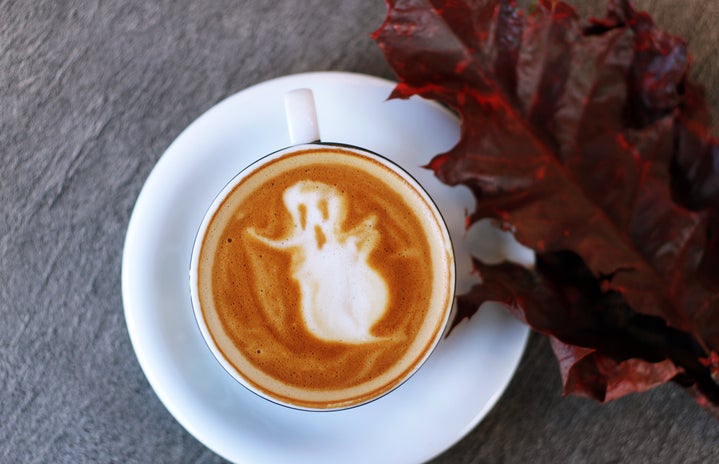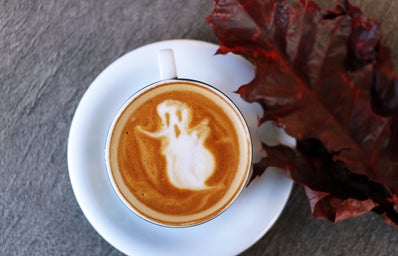Candy Corn. Ghost-shaped fairy lights. Cutouts of jack-o-lanterns and black cats. That’s right, it’s finally spooky season. While we all love the excitement of horror films and costume parties, we seldom stop to wonder where our traditions came from. Whose idea was it to knock on stranger’s doors and ask for candy, anyway? Don’t worry—it’s finally time to discover the birth of Halloween as we know it.
Celtic Rituals
The birthplace of Halloween begins almost 5,000 years ago with an annual Celtic festival called Samhain. The festival was celebrated throughout Ireland and Scotland as the transition from summer to winter. People living in those regions divided the year into two different segments: the light and the dark. During the night of the 31st of October to the 1st of November, the line between the supernatural and human world was blurred. It became easier for ancestor spirits to visit their families. People disguised themselves from the spirits when they left their homes, which planted the seed for what we now know as Halloween costumes. In addition, families would feast and cast the bones of slaughtered animals into a bonfire. While they believed the communal fires had a cleansing effect, I’m sure glad we’ve switched to hanging up paper skeletons instead.
Halloween and . . . the Popes?
Believe it or not, we have two ancient popes to thank for our modern Halloween traditions. Like many of today’s secular traditions, Halloween was also once a religious tradition. Around the 7th century AD, Pope Boniface IV reconsecrated the Pantheon. He wanted to make an annual celebration in remembrance for all the Church’s martyrs. Later on, Pope Gregory III moved the original date of this celebration from May 1st to November 1st. Instead of only martyrs, Pope Gregory III wanted to honor all saints on this day and named it All Hallow’s Day. Thus, the night before November first became All Hallow’s Eve, also known as Halloween, which became a popular contraction of the phrase.
The Enlightenment
As the age of science and reason developed throughout the world, many religious traditions transitioned into secular activities. The Celtic Samhain festival was absorbed into Halloween. As the Irish and other Europeans immigrated to America, they brought their Halloween customs with them. Many times, people would celebrate with All Soul’s Day parades. During these festivities, the poor would beg at the doors of the well-off. Families gave the beggars “soul cakes” in exchange for promising to pray for the family’s dead loved ones. This exchange developed into the activity we today call Trick-or-Treat.
From Creepy to Wholesome
In America in the 1880s, there was a move to make Halloween more family-friendly. The holiday was marketed towards younger children. By the 1920s and 30s, the family-oriented goal was achieved. This brings us to the Halloween we know and love. Today, the majority of trick-or-treaters belong to the younger generation of Americans. Common activities at a modern Halloween party include apple bobbing and dressing up in playful costumes. If you look around, you’ll see symbols like ghosts, black cats, vampires, and jack-o-lanterns.
So the next time you’re hanging up your fake spiderwebs and pulling gobs of pumpkin guts from your jack-o-lantern, think back to the ancient Celts and the Popes to thank them for the joys of Halloween.
Bonus Fun Facts!
The tradition of carving a pumpkin into a jack-o-lantern began as carving a turnip.
Of all the candy sold in the United States per year, ¼ is purchased for Halloween.



